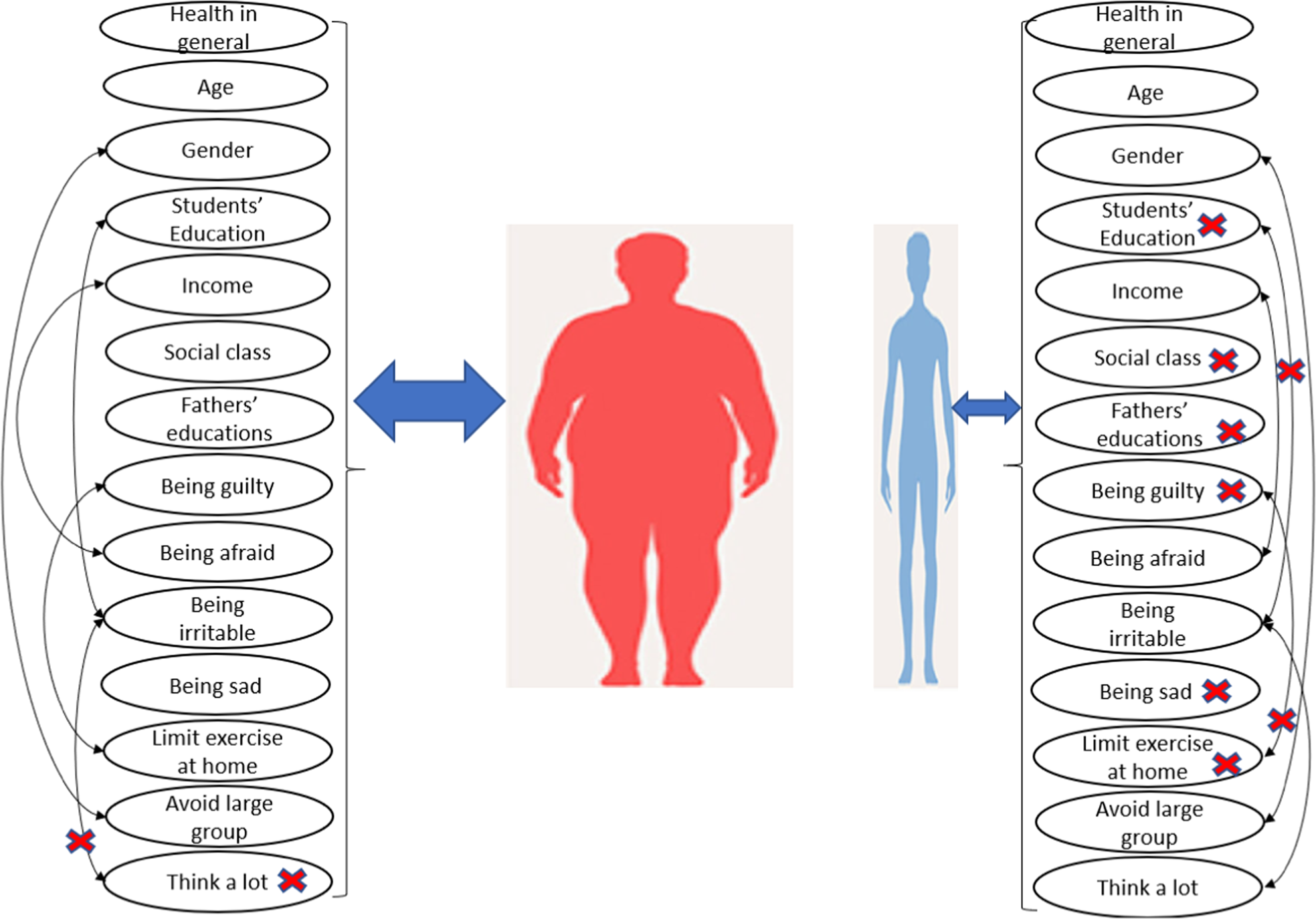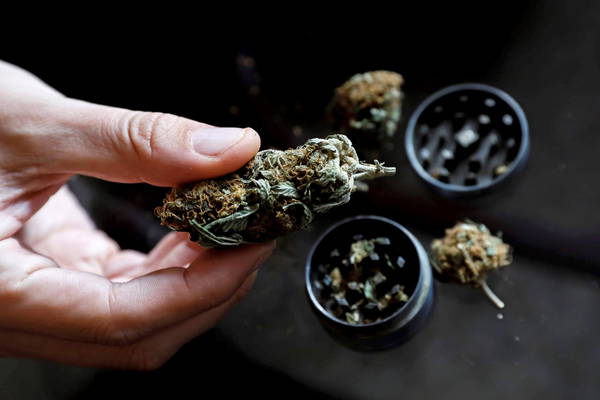
Paper or plastic? New car or used? Order takeout or cook at home? Our life is full of small decisions that can potentially make a huge impact on the planet. And with the scientific community issuing dire warnings of Earth’s future, many of us are looking for ways to live a more sustainable life. But how? Which lifestyle changes will have the most positive impact on the environment?
From eating green to using mesh produce bags for groceries, here are a few tips to help you reduce waste and live more harmoniously with the planet.
Table of Contents
Go Plastic-Free
Plastic is everywhere, from our clothes to our beauty products. But worst of all, it’s swirling around in our oceans. An estimated eight million tons of plastic waste flow into our oceans every year, harming marine species and contributing to climate change.
While change is urgently needed at the policy level, there are a few simple things you can do to help cut down on plastic waste: ditch single-use water bottles, avoid products with excessive packaging and look for eco-friendly versions of everyday household essentials (e.g., using plastic-free dish soap instead of bottled dish soap to cut down on waste).
Consume Less Meat
Meat production negatively impacts the environment in several ways. For starters, raising livestock releases large amounts of greenhouse gases into the air, which contributes to global warming. There’s also the problem of deforestation and habitat destruction to make room for livestock. And lastly, meat production has a massive water footprint relative to crop products, with a single pound of beef requiring an average of 1,800 gallons of water to produce.
Try lowering your meat consumption to once a week. With so many delicious, plant-based products available these days, ditching traditional meats in favor of plant-based meats is now easier than ever.
Embrace Green Transportation
There has been at least one silver lining to the COVID-19 pandemic: It significantly reduced satta our daily commutes, leading to a temporary decrease in CO2 emissions. But to avoid future impacts of climate change, we need to embrace green transportation for the long-term.
Changing your driving habits can help reduce road traffic and cut down on emissions. One simple thing you can do to slash emissions is riding your bike to work. Bicycles require less natural resources to make compared to vehicles and don’t need fuel. If biking isn’t a feasible option in your area, try joining a carpool or take public transportation.
Clean Up Your Beauty Routine
Have you ever stopped to consider the environmental impact of your beauty products? From toxic ingredients that harm human health to extremely wasteful packaging, the beauty industry is ripe with environmental and ethical problems. Start cleaning up your beauty routine by researching sustainable brands and shopping more consciously. Choose products that are low-waste — like plastic-free lotion bars and reusable cotton rounds — and stick to plant-based ingredients that are earth-friendly.
Choose a Wildlife-Friendly Energy System
Our dependence on fossil fuels is a major threat to biodiversity across the globe, causing habitat destruction, air pollution, water pollution and other negative impacts. By switching to wildlife-friendly renewable energy, we can produce power while minimizing the impact on the environment and surrounding wildlife.
Start by using the EPA’s Green Power Locator tool to find green power suppliers in your area. Make sure they are Green-e certified, which verifies that the power provider has fed clean energy into the electrical grid using renewable resources.
Make Your Home More Efficient

On a similar note, choose home upgrades that will make your home more efficient. Some inexpensive ways to increase the efficiency of your home include changing light bulbs to LEDs, investing in a programmable thermostat, repairing leaks from faucets and adding insulation to your attic.
If you’re willing to spend more, consider organic market in Sunshine Coast investing in energy-efficient windows and doors, a tankless water heater, solar roof panels (check for tax incentives) and professional air sealing. Purchasing ENERGY STAR-qualified appliances can also help lower your energy consumption while slashing costs.
Shop Local
There are few (if any) downsides to shopping locally. Shopping local helps the environment by reducing the travel time of your food, which cuts down on fuel consumption, packaging and refrigeration. On top of that, it supports your local community and provides access to fresh produce.
Speaking of fresh produce, your local farmer’s market is a great place to find seasonal, organic fruits and vegetables without wasteful packaging. To further reduce plastic waste, bring your own reusable mesh produce bags and drop off old containers so vendors can reuse them.
Get Thrifty

The fashion industry has a disastrous impact on the planet, producing 92 million tons of waste each year and using 79 trillion liters of water in the process. You can be more sustainable by purchasing second-hand items from thrift shops and vintage clothing stores. Every purchase you make gives an unwanted item a new lease on life, saving it from a potential landfill. Plus, thrifting allows you to shop on a tight budget without turning to fast-fashion. If you don’t have access to quality thrift stores, shop online at second-hand stores like thredUP, Depop, and Poshmark.
Use Your Voice
One of the best ways to live more sustainably is by getting involved in your local community and supporting causes that promote sustainability. Talk with friends and family about environmental issues. Vote for politicians who support policies that benefit the planet. Attend local and regional events that raise money or awareness for sustainable causes.
Living more sustainably doesn’t need to be difficult or expensive. If everyone made small changes to their lifestyles, we could drastically reduce our environmental impact and start turning our situation around. Small changes are a great first step to a happier, healthier planet!


:max_bytes(150000):strip_icc()/hypersexuality-f7219c0faf93488b82402d4f9d20e454.jpg)




